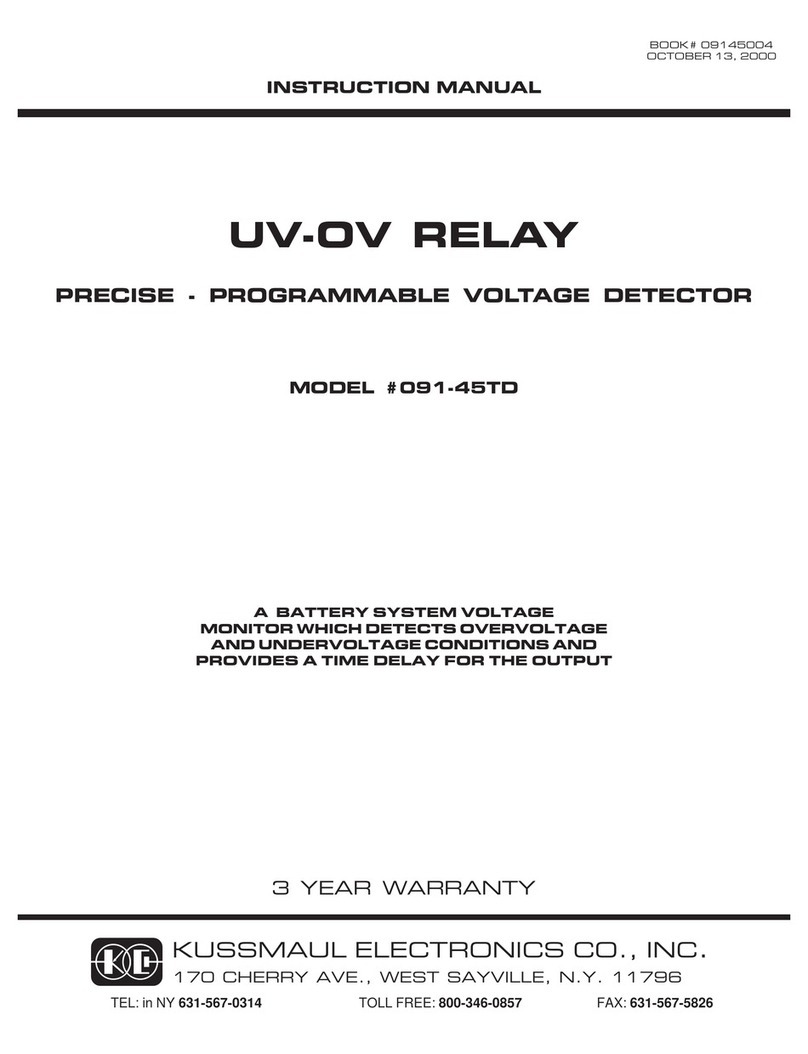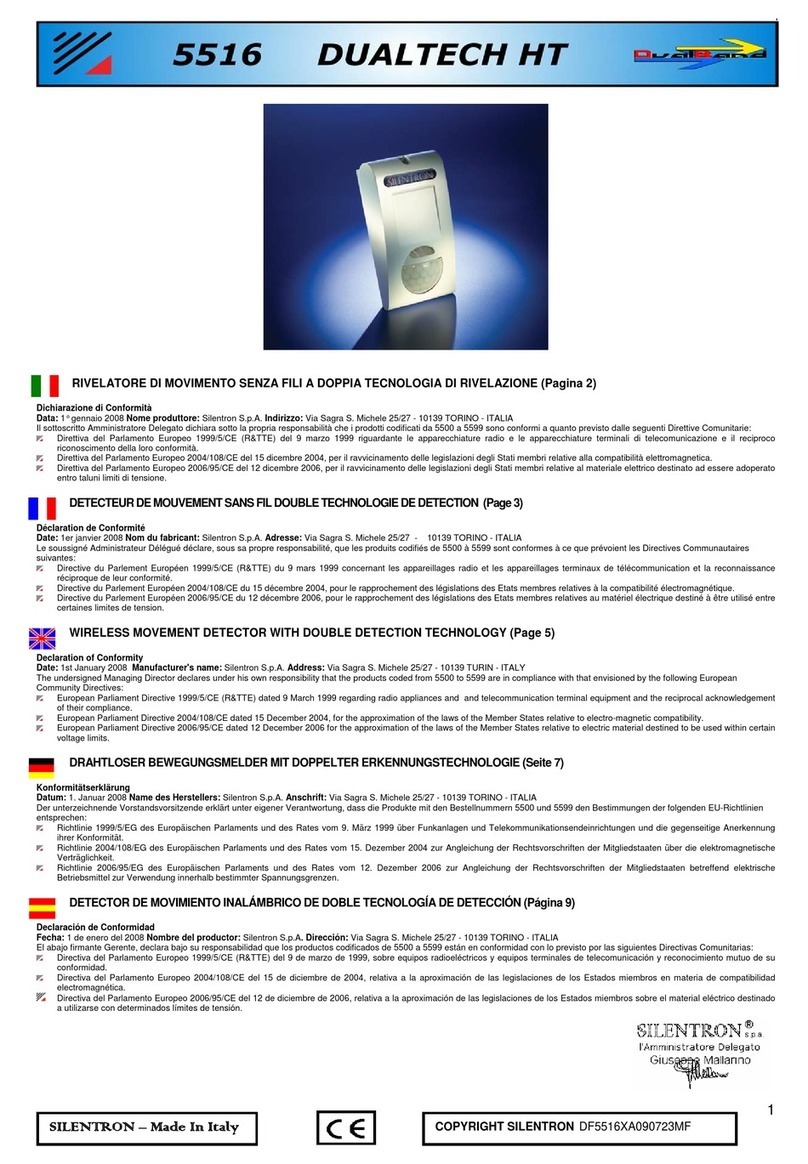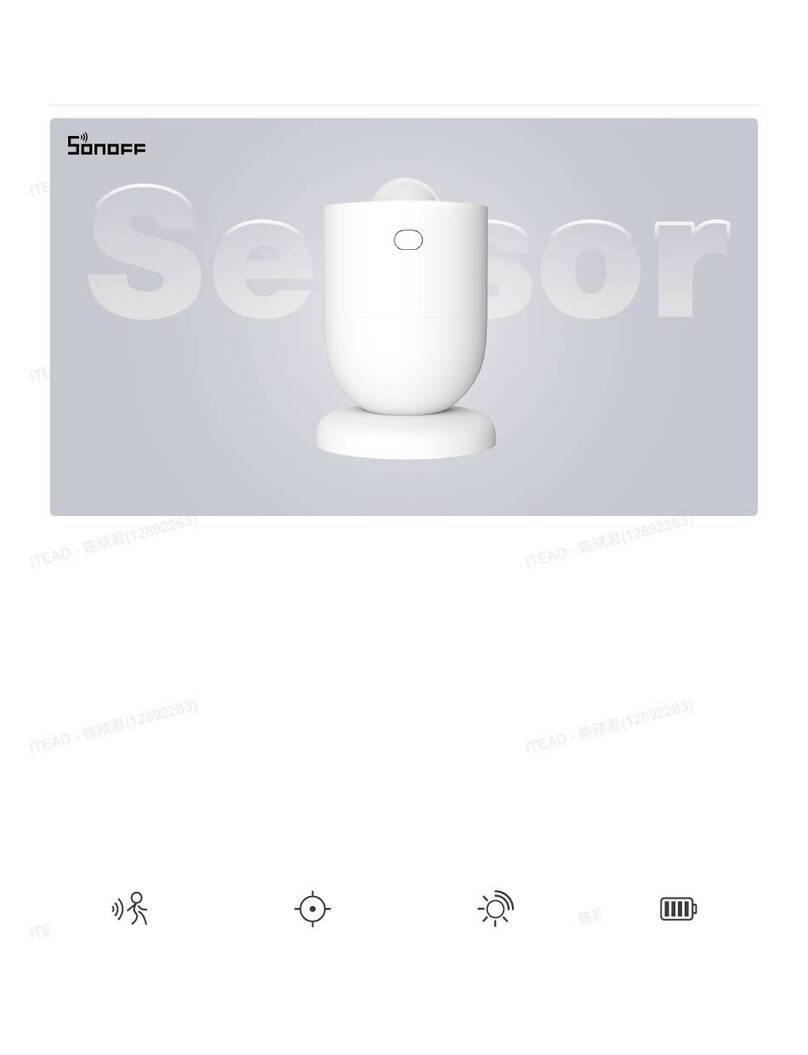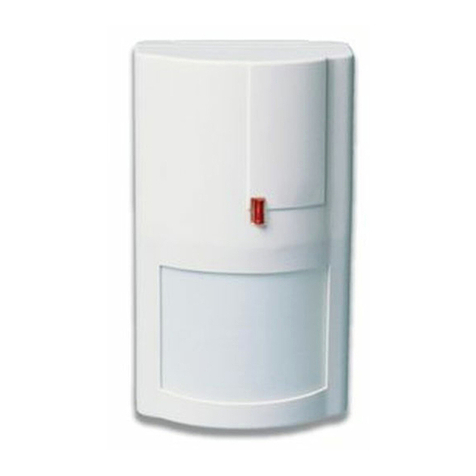Tinker & Rasor 7-T Instruction sheet





Table of contents
Other Tinker & Rasor Security Sensor manuals
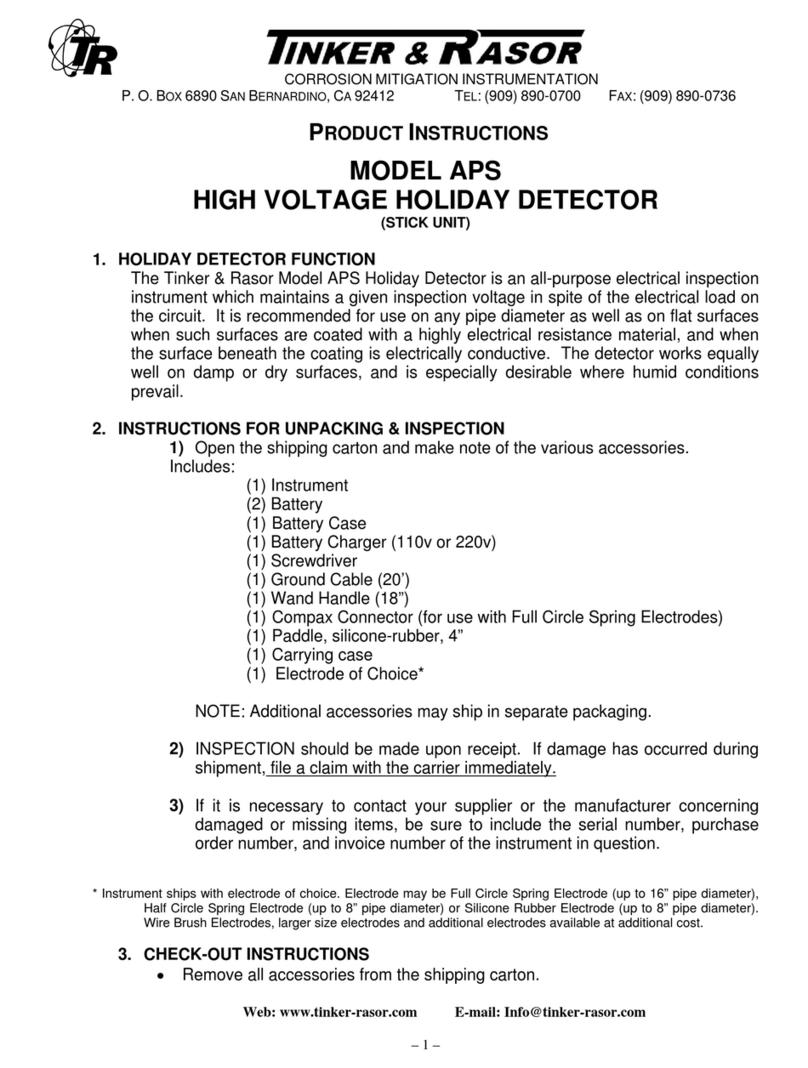
Tinker & Rasor
Tinker & Rasor APS Instruction sheet
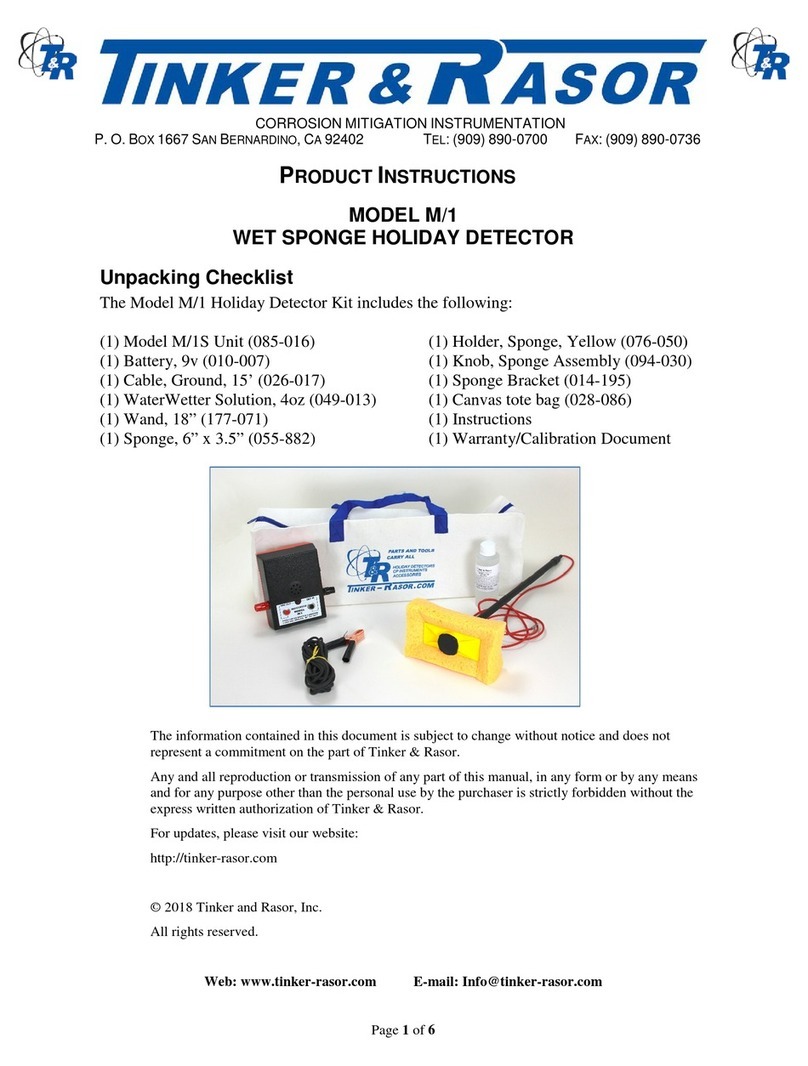
Tinker & Rasor
Tinker & Rasor M/1 Instruction sheet
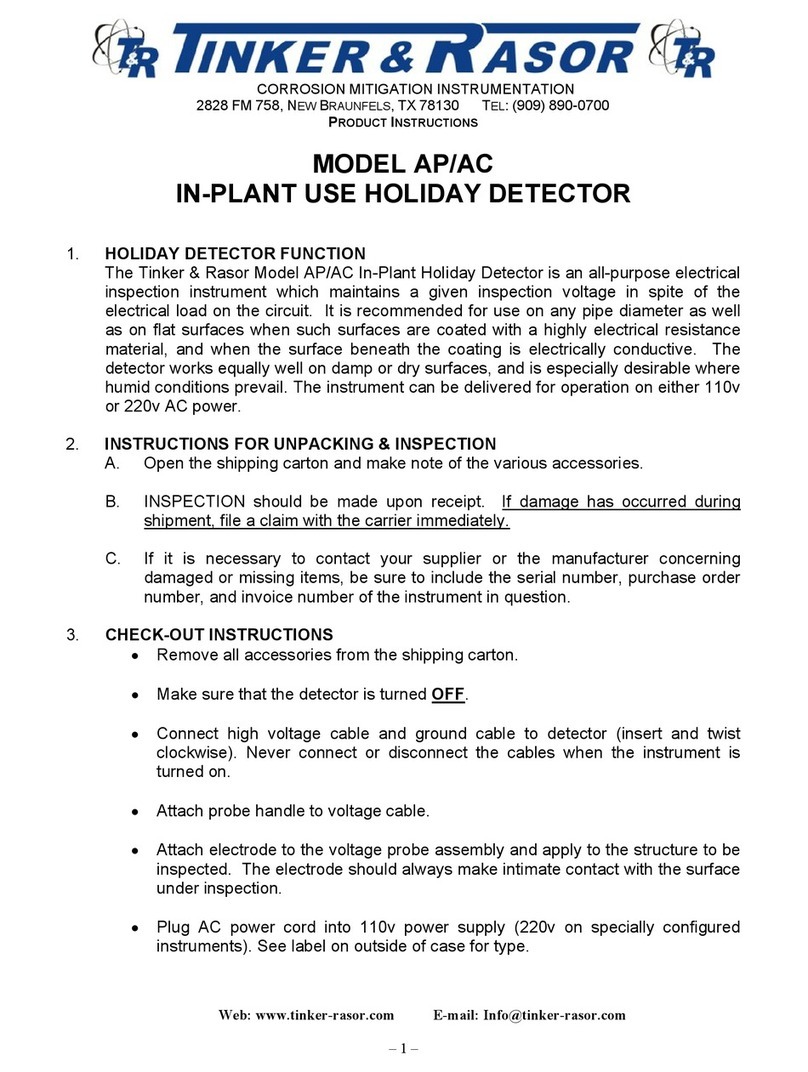
Tinker & Rasor
Tinker & Rasor AP/AC Instruction sheet
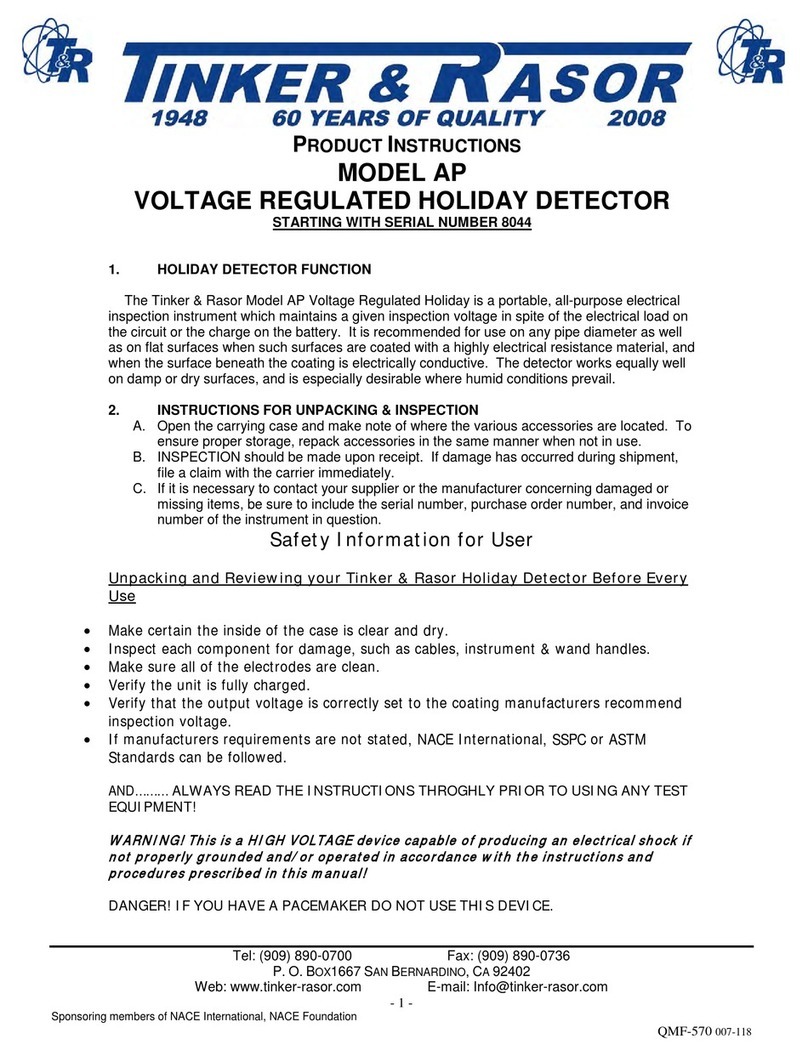
Tinker & Rasor
Tinker & Rasor AP User manual
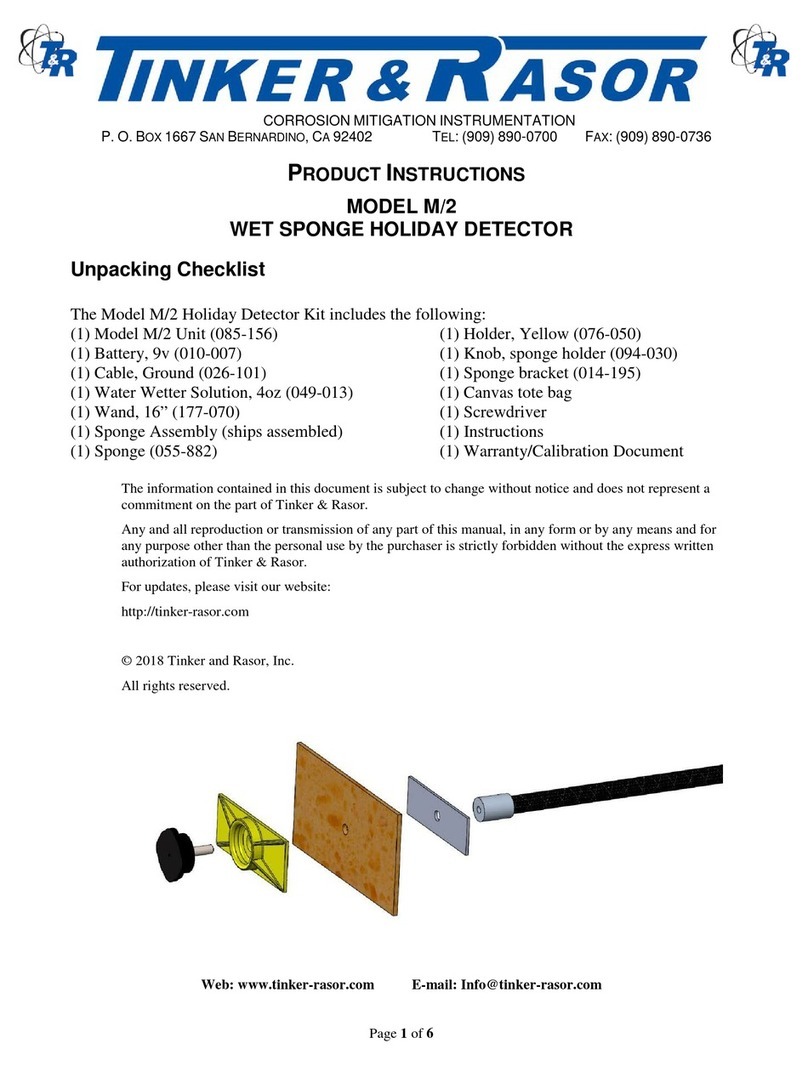
Tinker & Rasor
Tinker & Rasor M/2 Instruction sheet
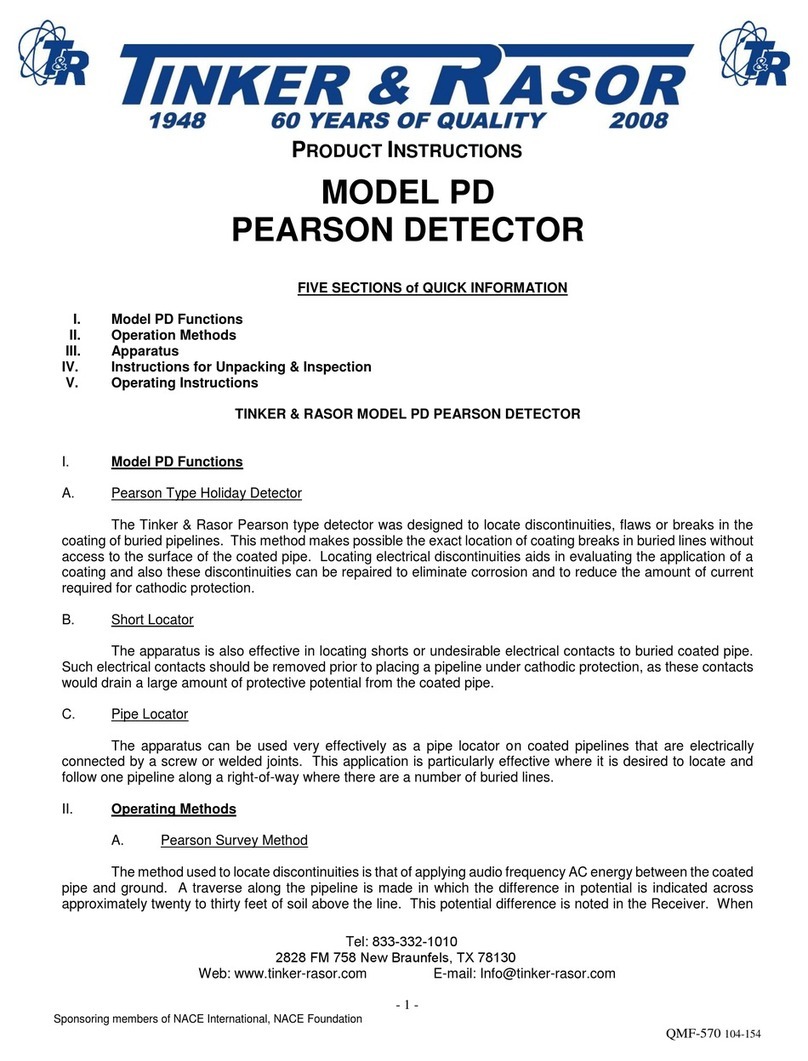
Tinker & Rasor
Tinker & Rasor PD Instruction sheet
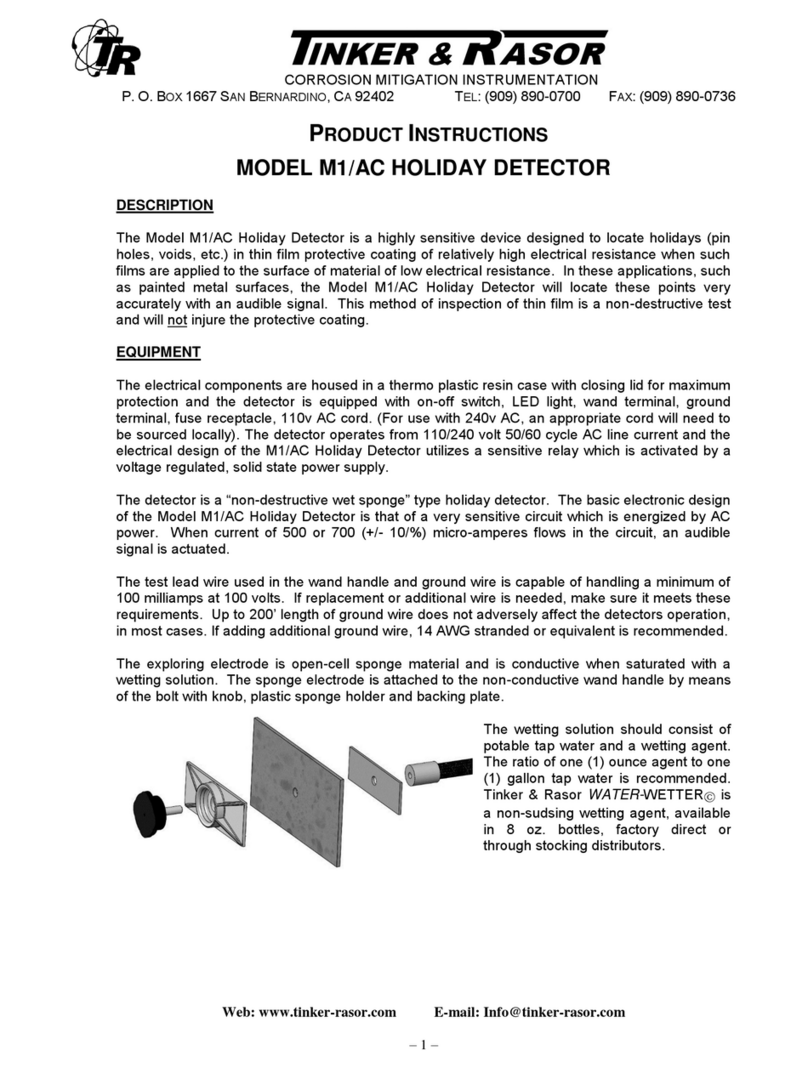
Tinker & Rasor
Tinker & Rasor M1/AC Instruction sheet
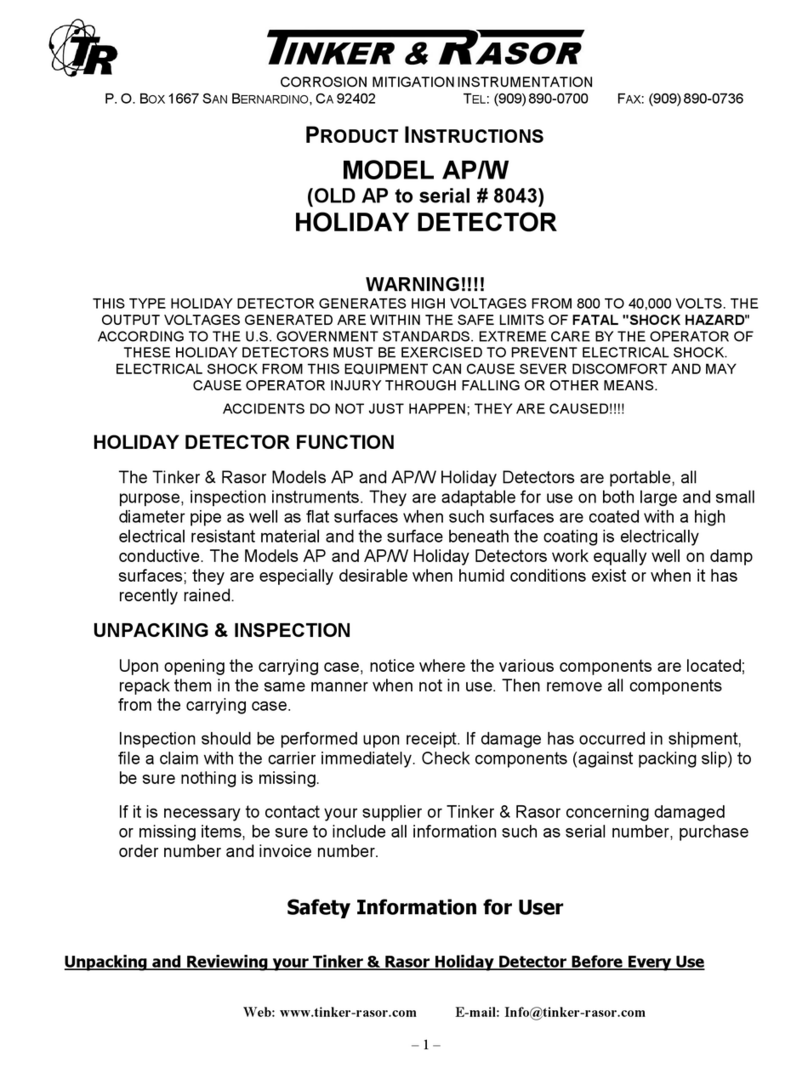
Tinker & Rasor
Tinker & Rasor AP/W User manual
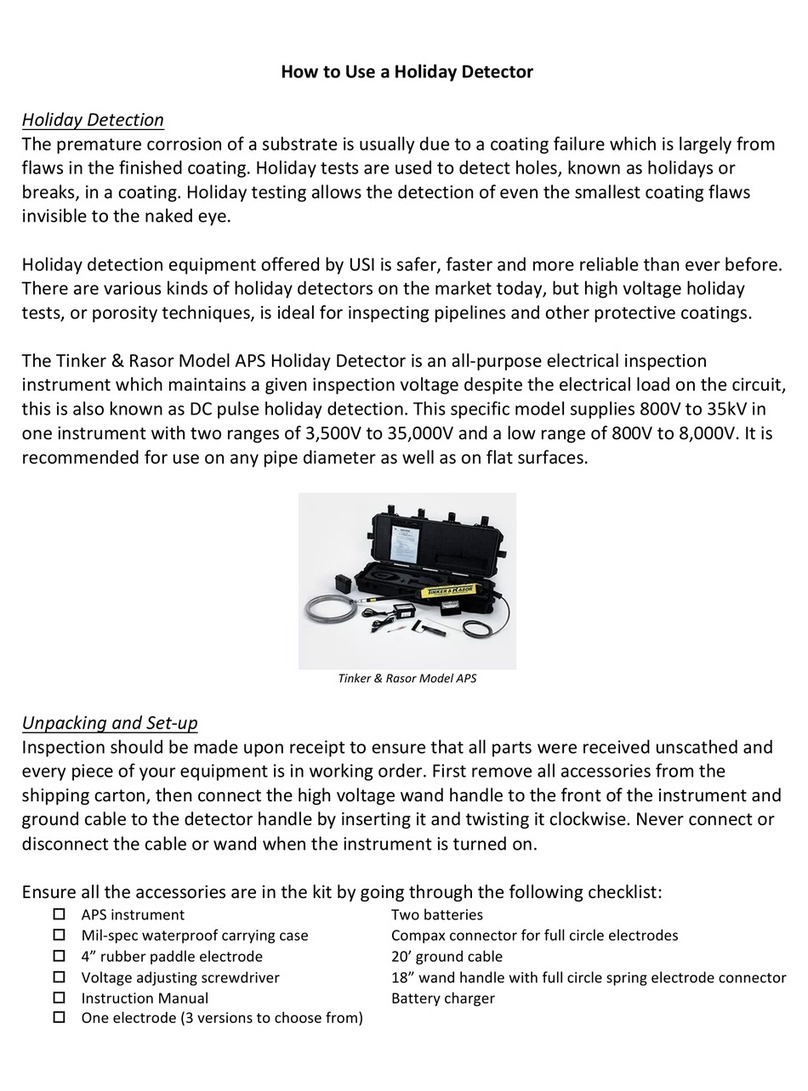
Tinker & Rasor
Tinker & Rasor APS User manual
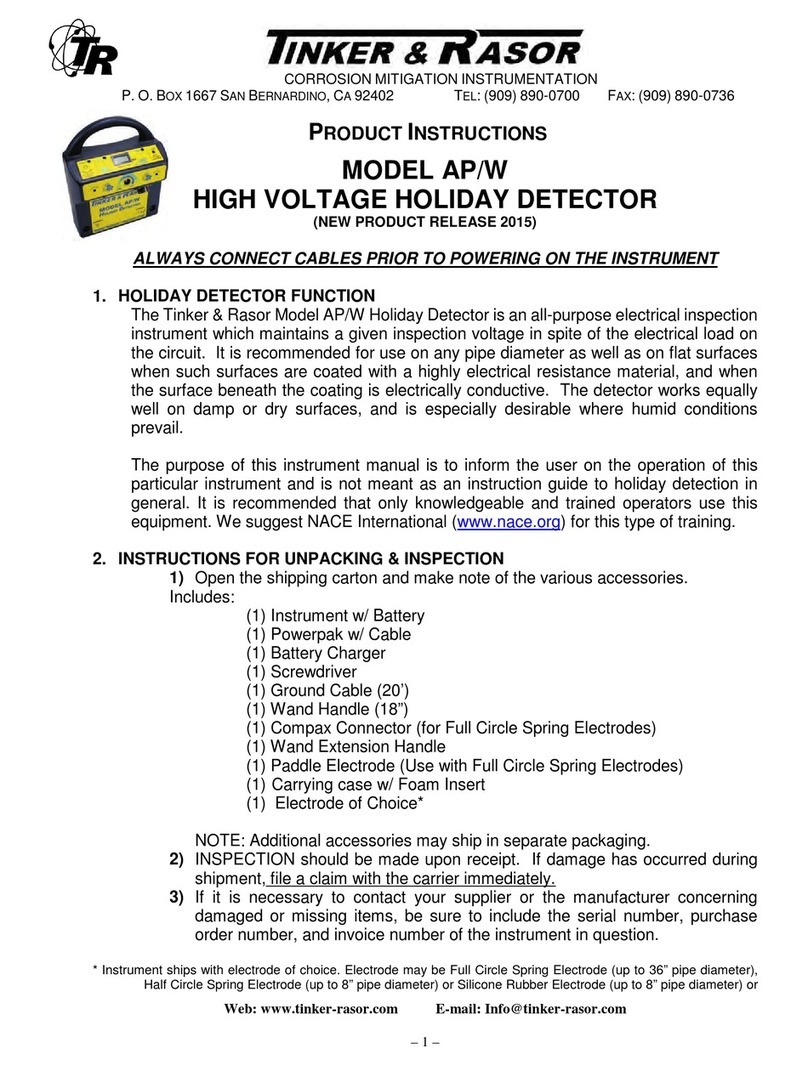
Tinker & Rasor
Tinker & Rasor AP/W User manual
Popular Security Sensor manuals by other brands
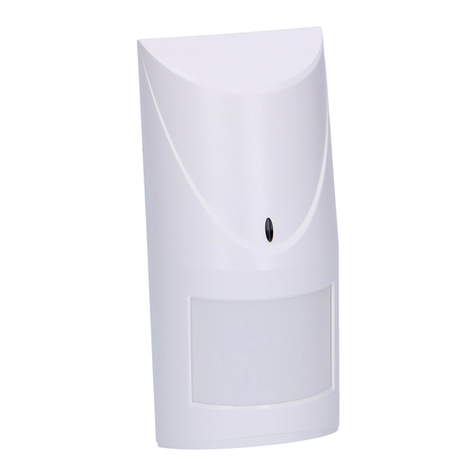
Satel
Satel COBALT quick start guide

JOB
JOB detectomat HDv 300X TS Operation and installation manual
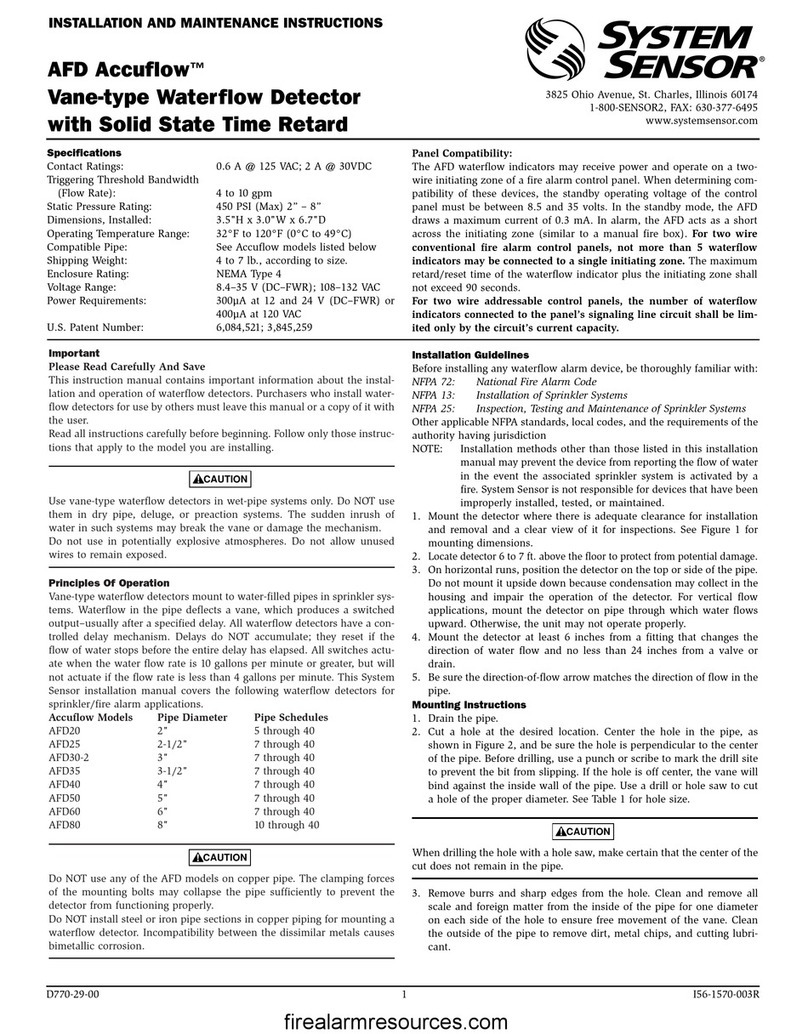
System Sensor
System Sensor AFD Accuflow Installation and maintenance instructions
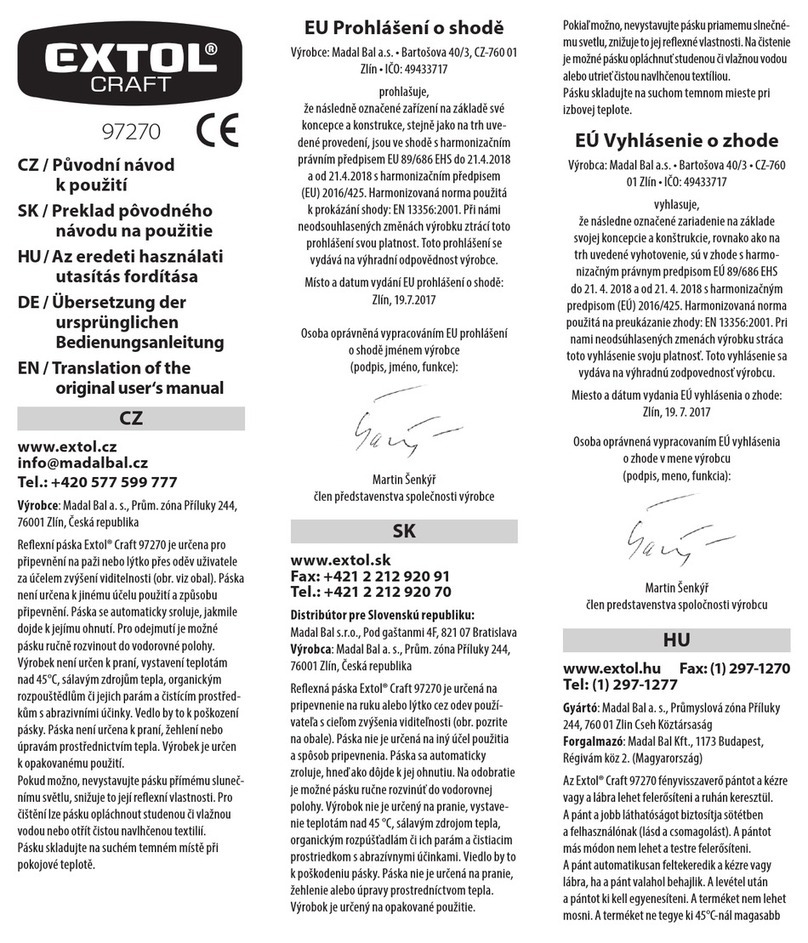
EXTOL Craft
EXTOL Craft 97270 user manual

Edwards
Edwards SIGA2-HRS Installation and operation
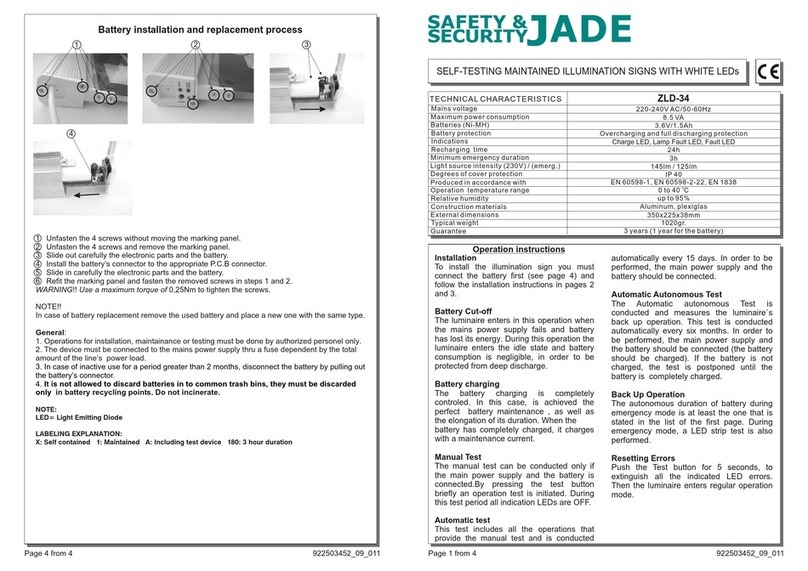
olympia electronics
olympia electronics ZLD-34 Operation instructions

Rielta
Rielta PYRONE-8B-RK installation guide
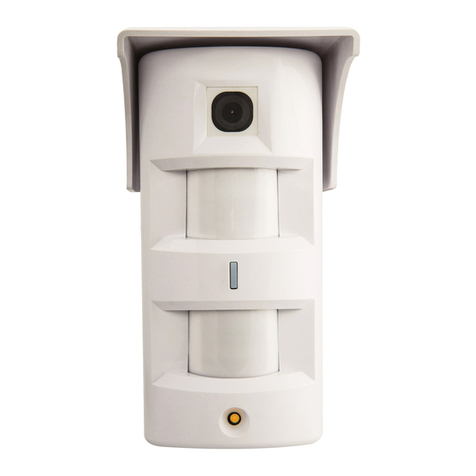
Elkron
Elkron EIR600FC Installation, programming and functions manual

Elektrotechnik Schabus
Elektrotechnik Schabus SHT 5001 operating instructions
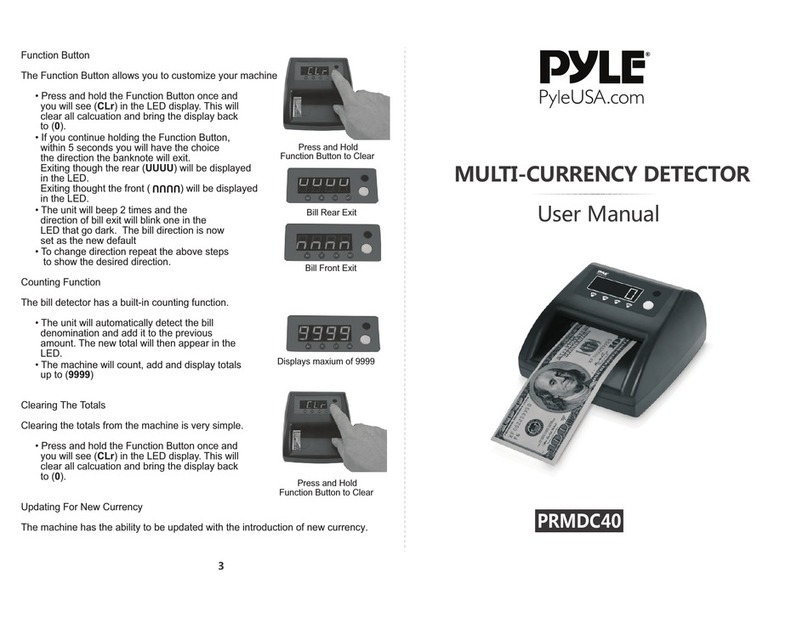
Pyle
Pyle PRMDC40 user manual
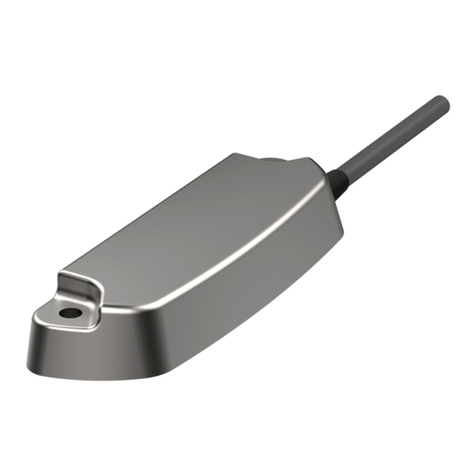
elobau
elobau 1655 V Series Translation of the original operating instructions
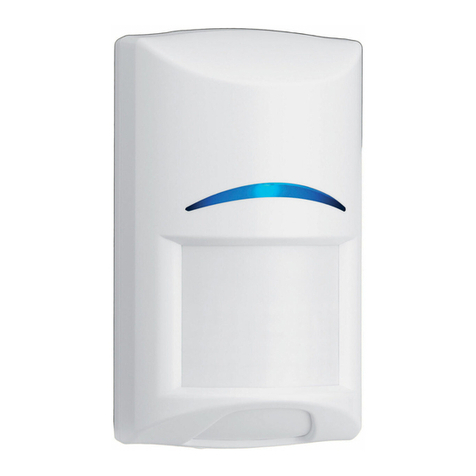
Bosch
Bosch ISC-BPR2-WP12 installation guide
